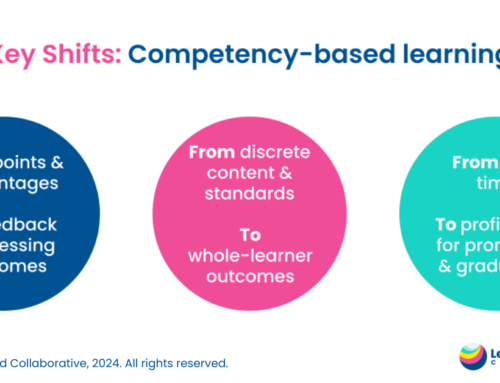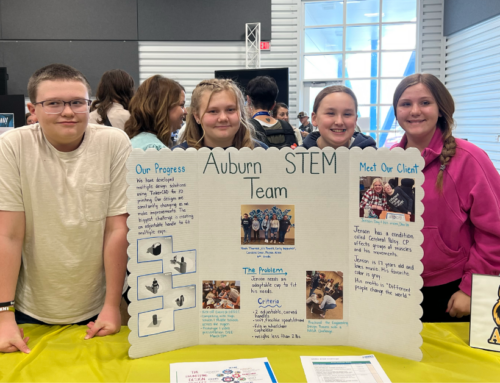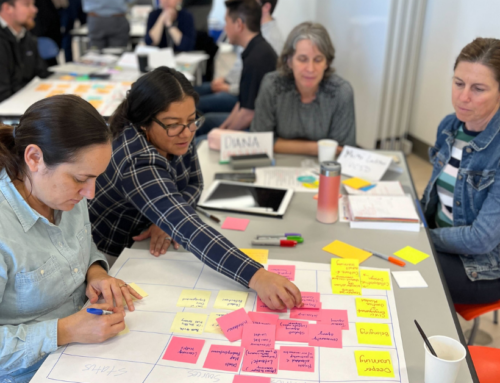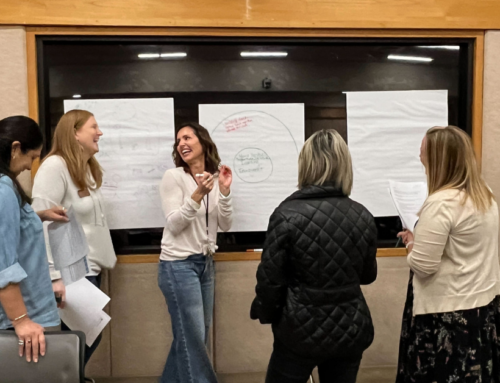
Standardized testing can be time consuming and fall short on providing meaningful assessments. Capturing progress at every step is a better way to gauge student growth and offer continuous support.
Walk into just about any classroom after standardized testing season is over and you’ll notice a difference. Prior to standardized testing, you often see a heightened sense of anxiety. There is an urgency to cover tons of material, help students understand test-taking strategies, and be prepared for this annual event—one that is used as a measure of school effectiveness by policymakers, parents, and media outlets. After the testing period, students are often engaged in projects and doing the type of things that inspire learning in a much more meaningful way.
As a former principal and district administrator, the way annual standardized tests drove so much of the student experience seemed wildly out of proportion from the benefits that the tests generated for them. Most educators say that the tests only confirm what they already know about their kids. Unfortunately, we know that ensuring that educators have aligned on common performance expectations is a time-consuming and expensive proposition. While standardized tests don’t do much for kids, they do provide a consistent set of measures that help policymakers at local, state, national, and even international levels gauge progress and make resource allocations.
Uncover the True Purpose of Assessment in this learner-centered take on the practice and its possibilities.
Testing Without Testing: The New Normal
What if we could have all of the benefits of standardized tests without the intrusion on teaching and learning? What if we had a way to collect the same inputs that give educators a meaningful sense of student achievement, and provide comparisons across classes, schools, and systems in a way that had the same (or better) statistical validity and reliability?
To make this dream a reality, we need technology platforms that capture varied student inputs and associate the data with a learning taxonomy. Using those day-to-day variables and measuring them against statistically valid and reliable measures could begin to create a model so that standardized measures could be removed entirely in the future. In fact, this is exactly what learner-centered tools like the Altitude Learning platform are helping educators to accomplish. Imagine a future world where these sophisticated data models are accurate enough that policymakers would not need a standardized test to have valid and reliable information about student learning.
The Benefits of Testing Less

A future without standardized testing would not only benefit students, but the broader education system as a whole. Students would avoid a disjointed, test-driven schooling experience while the system could reallocate resources to efforts that have a more direct impact on learning. Some critics point out that the estimated $1.7 billion spent annually on testing is just a small percentage of the $600 billion we spend on K through 12 education per year in the United States. What is often missed in the conversation, however, is that simply removing the time spent testing and reallocating it to more productive learning would have a dramatic effect.
In my experience, we lose, conservatively speaking, approximately one week per year to testing. Considering that most of our expenses are devoted to salaries and benefits for our employees, any school business official will tell you that time is money. Given that the traditional school year is about 40 weeks, a world without standardized testing would potentially expand learning time by 2.5 percent each year, accumulating to about one-third of a full year over the course of the K through 12 experience.
Making the Shift to Continuous Data Insights
The previous discourse on standardized testing has centered on whether the benefits of data insights outweigh the adverse impacts, including time, narrowing of curriculum as teachers attempt to “teach to the test,” and misalignment of what is taught and tested, of the standardized testing process. As new tools such as the Altitude Learning platform evolve and improve, the benefits of a valid and reliable set of assessments can still be present while minimizing negative impacts.
The key difference is that multiple data inputs and a sophisticated data architecture support this new type of assessment.
In some ways, this represents what teachers have always told me—they gather information about where their kids are in their learning through their daily interactions and observations. The Altitude Learning platform provides calibration and comparison across classrooms, schools, and systems in ways that have previously been labor intensive and expensive to operationalize.
It’s time for us to imagine a better education system for the future—one that does not require standardized testing or other intermittent and disruptive assessments, but relies on the daily performance of our learners instead. This better system looks at authentic tasks tied to contextualized teaching and learning throughout the year. It’s time for us to do the right thing for our kids by leveraging technology to imagine a better way forward. Ironically, technology could actually restore some humanity to our educational process.
Learn more about how Learner-Centered Collaborative works with schools and districts to design more learner-centered models of education.




